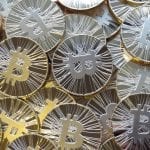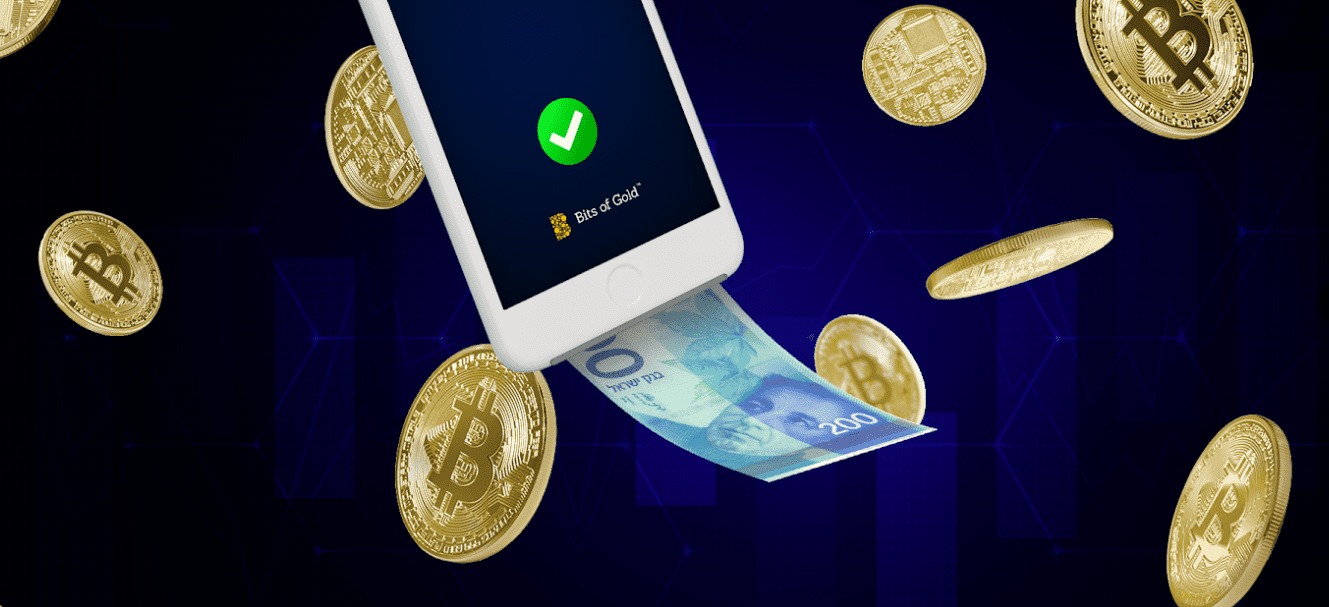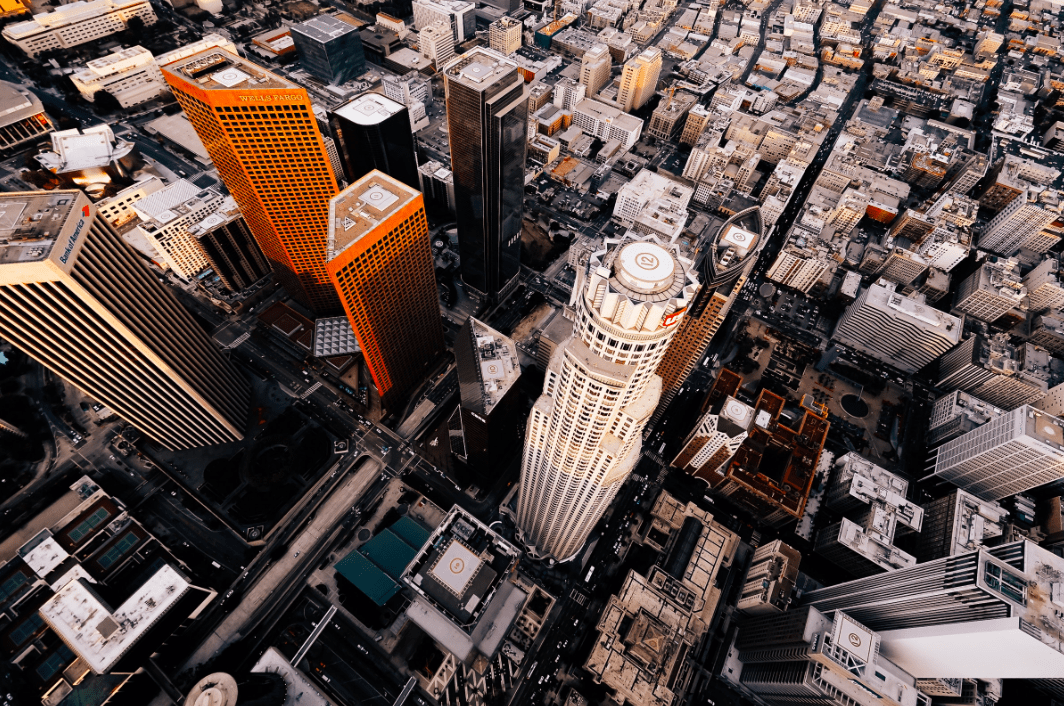Despite the fact that blockchain technology has only started to invade the consciousness of the public in the last few years, the technology has existed for a lot longer than many people would originally believe. In fact, the concept was born over ten years ago, with an entity of unknown identity known only as Satoshi Nakamoto created the first blockchain as a distributed ledger to provide the functionality to Bitcoin, which they designed. This occurred in 2008.
The Bitcoin blockchain was the original and since the explosion of the popularity of Bitcoin in 2017, other blockchains that have been created have also surged in popularity due to the massive increase in levels of public interest in blockchain and cryptocurrencies alike.
In this article, we will be exploring the ten most popular blockchains as it stands today, as well as doing a dive into more information on each of these.
As previously mentioned, the Bitcoin blockchain was the first of its kind, devised by the mysterious Satoshi Nakamoto as a distributed ledger to provide the platform for the cryptocurrency of the same name. The platform was created in 2008 and released to the public in January 2009. The platform is written in the C++ coding language and the number of coins that are available on the platform has a limit of 21 Million.
The Bitcoin Blockchain currently has a large number of users, with estimates stating that there are 7.1 Million users who are proactively engaging with the blockchain.
The Bitcoin blockchain is open source and developers can access it through Github, there is a legion of dedicated developers, numbering in the thousands who have worked on the platform. Numerous offshoot cryptocurrencies have also been developed through the use of the original Bitcoin blockchain, namely Bitcoin Cash, Bitcoin SV, Bitcoin Gold and Bitcoin Diamond.
As well as being the first blockchain, Bitcoin is also one of the most popular. To truly appreciate the scale of Bitcoin’s popularity, it is best to compare it to the popularity of another item that has been widely spoken about. A great example of this would be the United Kingdom leaving the European Union. Across Europe, this event has been making consistent headlines, even permeating the consciousness of some people in the United States. The below graph from Google Trends shows how the popularity of the Bitcoin blockchain compares to this search term in the last twelve months.
As you can see, the Bitcoin blockchain is respectably competitive against this search term and at the moment it is actually more popular than the search term for Brexit.
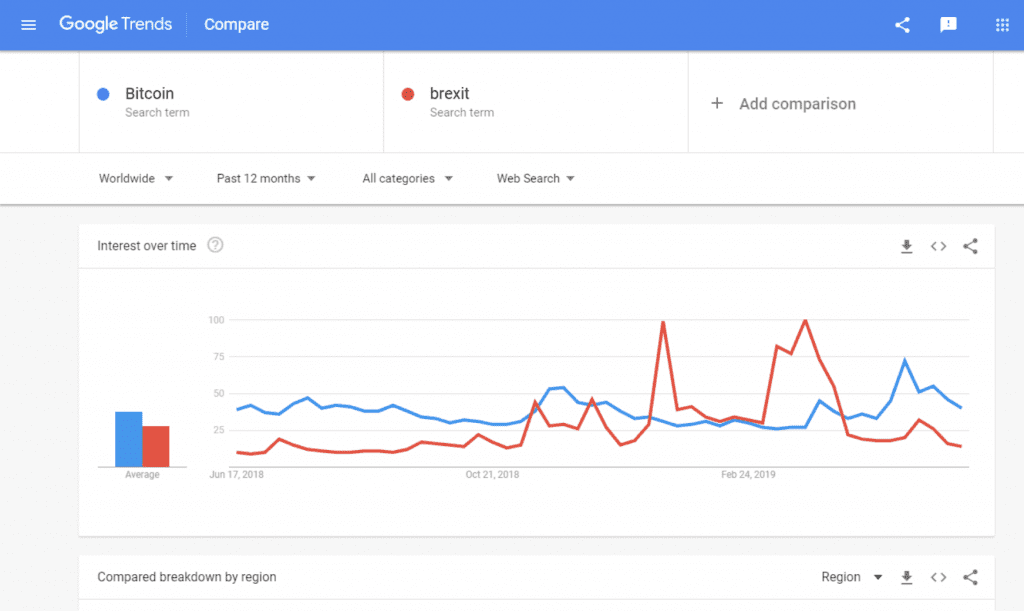
The Bitcoin blockchain has inspired popularity in many nations across the world. From the graph below, it can be seen that over the last twelve months, the popularity of Bitcoin has been most prominent in Ghana, St. Helena, Nigeria, China, and Cyprus, as shown on the graph below.
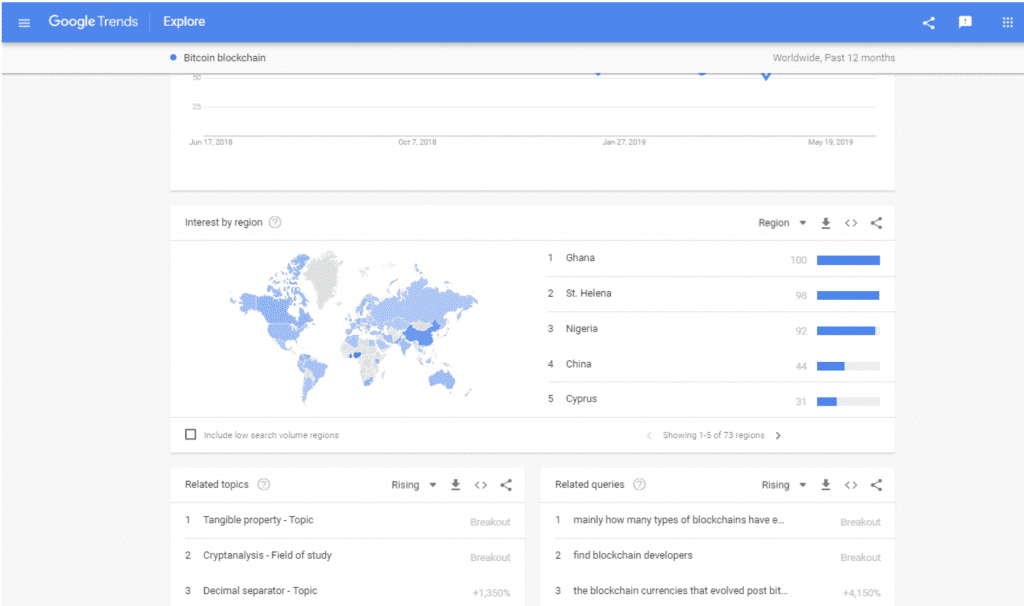
Ethereum is another example of a blockchain project that entered the market prior to the cryptocurrency boom of 2017. The platform was launched in 2015 and was developed initially by Vitalik Buterin, Gavin Wood, and Joseph Lubin using several programming languages, namely Go, C++ and Rust. It is commonly known as the second most well-known blockchain, behind the Bitcoin Blockchain.
Ethereum has its own cryptocurrency, which is known as Ether and it is currently priced at $259.39 per Ether at the time of writing. Numerous other cryptocurrencies and cryptographic tokens have been spawned from the Ethereum blockchain, easily numbering in the hundreds.
The Ethereum blockchain is incredibly popular within the cryptocurrency community, primarily due to its versatility. This is highlighted by the fact that as of December 2018, over 49 Million unique addresses have been listed on the platform, as well as the additional fact that over 353 Million transactions have been processed on the platform since its inception, with that number continuing to rise dramatically. Furthermore, as of December 2018, the number of daily active users on the blockchain was slated at 300,000.

EOS, also known as EOS.io is a blockchain platform that was created by the private company block.one, it was primarily engineered by the developer duo of Daniel Larimer and Brendan Blumer. The blockchain platform was launched for use to the public in 2018.
EOS initially launched under an ICO that lasted for a year, generating over $4 Billion in revenue, which has been used to help improve the platform. Furthermore, there are reports that the platform has plans to launch a social media platform related to the blockchain.
The EOS blockchain does also have its own cryptocurrency token, which shares the same name as the platform. According to data from Etoro, at the time of writing the value of EOS stands at $6.51 per token, with a large number of tokens available, bringing it within the top ten cryptocurrencies (through market capitalization). Furthermore, EOS has a very active community. Between November 2018 and February 2019, they blockchain had 323,951 unique active user accounts being acted on. Interestingly, on the last day of measurement, 105,410 of these accounts were active, signalling a very engaged community on the platform.
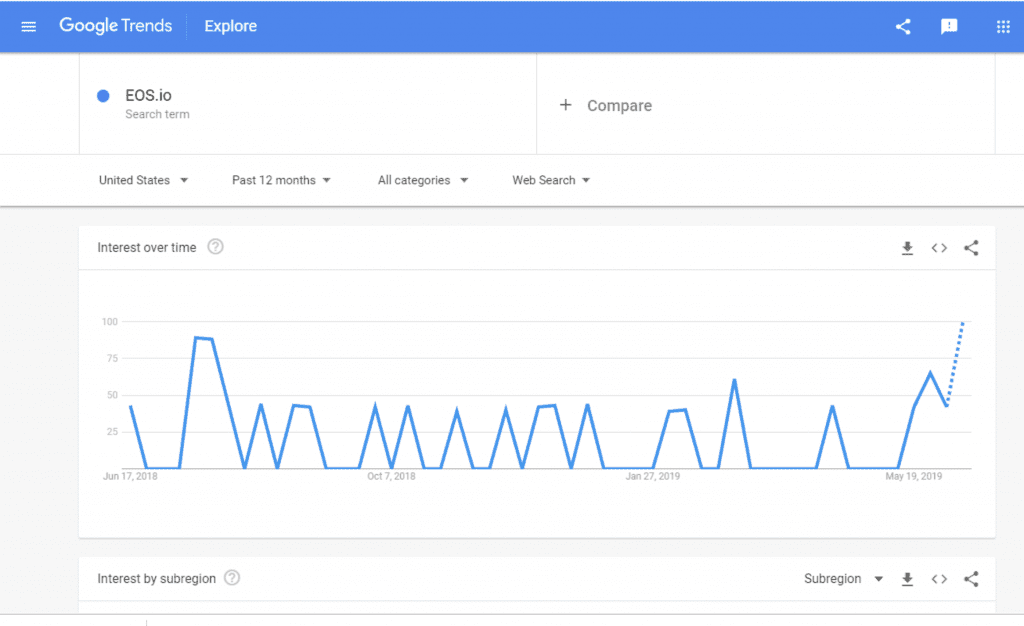
NEO is a blockchain project that was authored by the pair of Da Hongfei and Erik Zhang, originally it was known by the name Antshares. The blockchain was originally developed in 2014 and was then rebranded in 2017, to the branding that we are familiar with today. The aim of the project is to provide a platform for users to develop decentralized applications that can help push the world towards a “smart economy”.
The blockchain itself is open source and can be easily found and downloaded from Github. The coding for the platform is written in the C# programming code and it also supports other programming languages such as Python, JavaScript, Java and Go. The platform can maintain up 10,000 transactions per second at this time.
As it stands, NEO is one of China’s premier blockchain and cryptocurrency projects and has a large following in Asia and Europe, with Australia also being a notable area of interest. When it comes to how active the community is, NEO is still fairly small compared to the larger blockchains, with around 9,800 daily transactions. Furthermore, when compared to Ethereum, the challenging blockchain only has two percent of the total active users of the other blockchain. Despite this, NEO is still on the correct trajectory to becoming a major player in the crypto market.
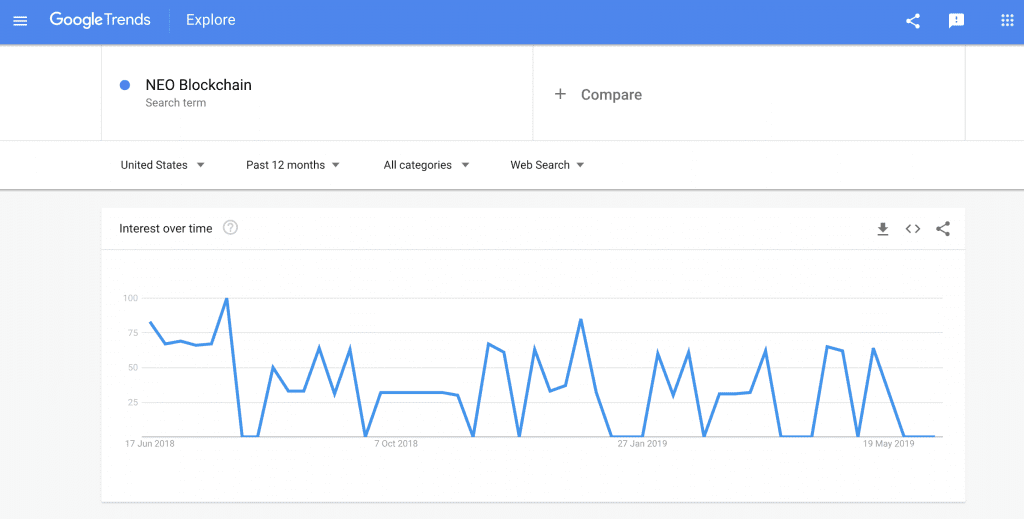

The TRON Foundation, the company behind the TRON blockchain was originally founded in Singapore during 2017, shortly thereafter in December of 2017, the company released their open source platform. The company was founded by current CEO, Justin Sun.
One of the main advantages of the TRON blockchain infrastructure is that it allows for the processing of a large number of transactions per second, in fact, this number can reach up to 2000 transactions per second, compared to 25 for the Ethereum blockchain and 3/6 for the Bitcoin blockchain. These differences are illustrated in the chart below.
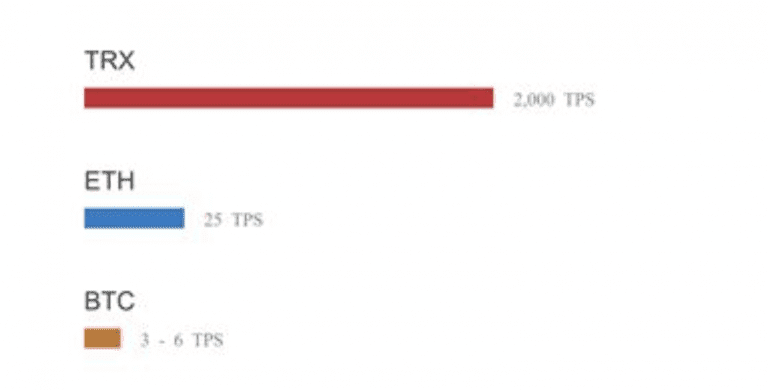
According to a 2019 report, the popularity of the TRON ecosystem is skyrocketing, with 300,000 active users being involved on the platform. The total value of the wallets on this ecosystem has surpassed $2.3 Million, showing a 1.5x increase from the start of 2019. This progress shows the ever-growing popularity of TRON.
The platform has managed to maintain stable interest since its development, with a large amount of the interest coming from the United States, United Kingdom, Germany and Australia.
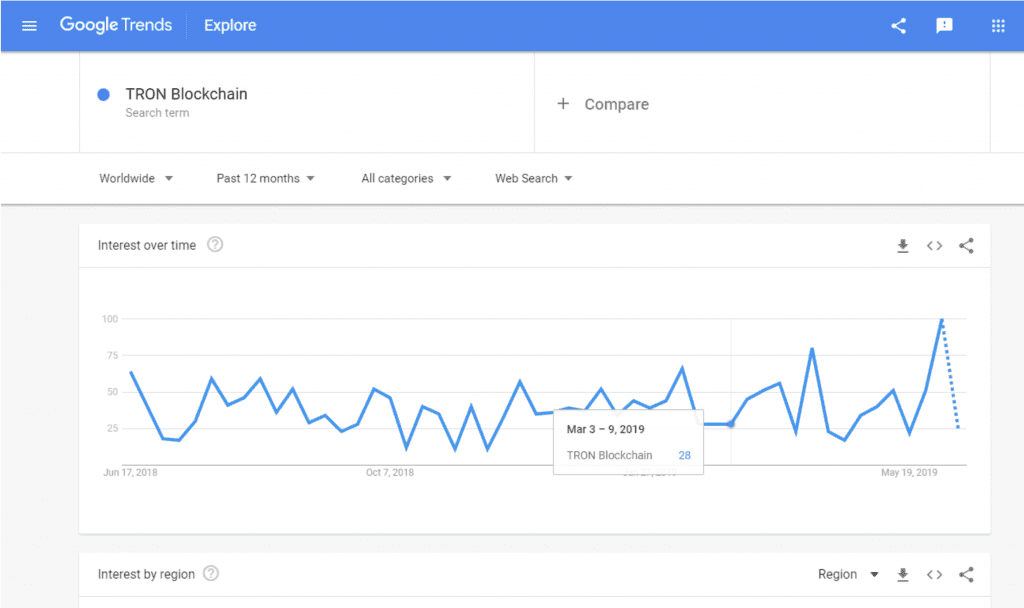
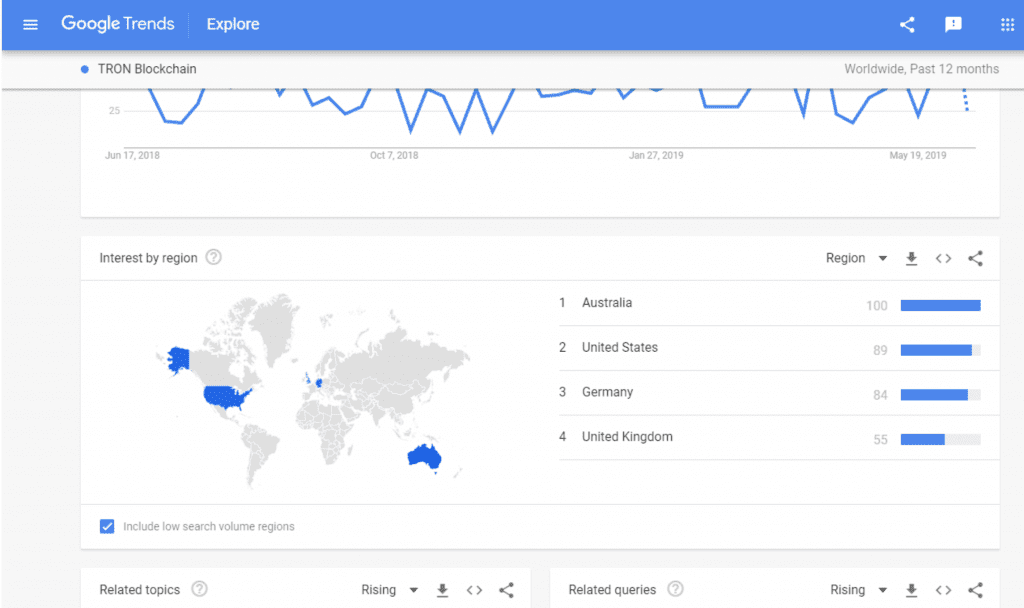
The TRON MainNet was launched in May of 2018 and the company seems to have big plans for the future, with very few other projects matching their level of ambition.
The Litecoin blockchain was created and developed by Charlie Lee, who was a previous employee of Google and a former Director a Coinbase. The initial release was rolled out on Github on the 7th of October 2011, with the network going live nearly a week later on the 18th of that month. The blockchain was coded in the C++ programming language.
Litecoin has been experiencing a lot of recent success, having climbed to a 13-month high on the 12th of June, reaching $141, before moving to $130.53 at the time of writing. Furthermore, the Litecoin community are very active in the work in promoting and using the currency, with a publication in February 2019 showing that the Litecoin blockchain has over 65,000 active user addresses.
All of these features have caused a large amount of interest in Litecoin. The chart below shows that Litecoin is managing to keep up with Ethereum and is crushing lower forms of competition.

Interestingly, over the previous twelve months, Litecoin has been incredibly popular in both St. Helena and Venezuela, along with the United States, United Kingdom and the Republic of Ireland.
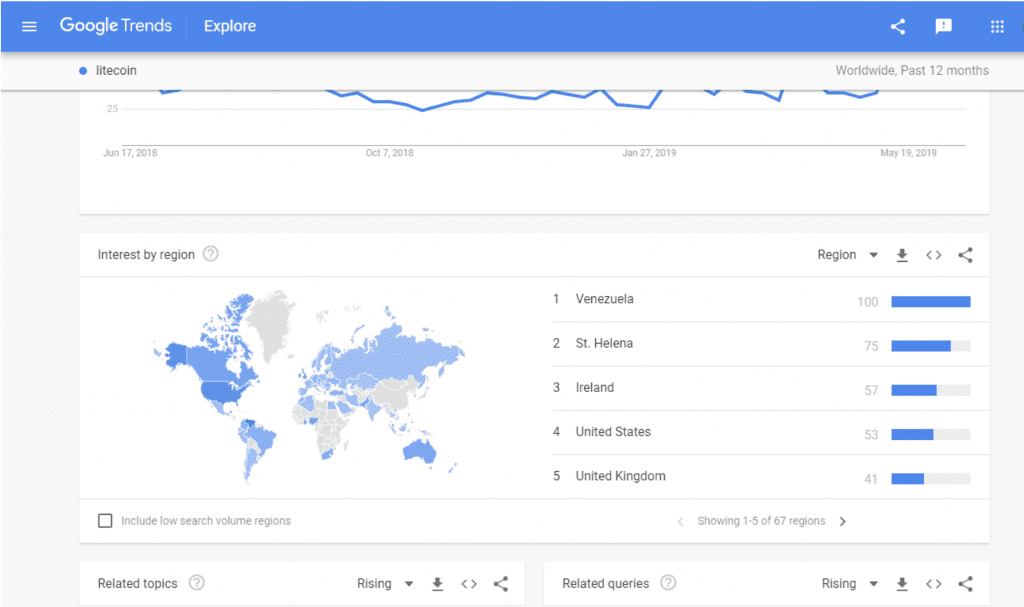
During 2014, the foundation for the Stellar blockchain was created by Jed McCaleb who founded Mt. Gox and the cryptocurrency Ripple in conjunction with ex-lawyer, Joyce Kim. To assist with the development of the platform the Stellar Development Foundation was set up with through a partnership with the CEO of Stripe, Patrick Collison and through this, the network was launched in July of 2014.
At the beginning of the project, 100 Billion Stellars were launched and shortly after its launch in January 2015, it had 3 Million users, along with a market cap of $15 Million. Since then, the blockchain has formed partnerships with a large number of companies’, including Deloitte, and IBM. Out of all of the users, a report has concluded that up to 130,000 different accounts may be active on the blockchain at any given point.
The popularity of Stellar across the world is notable, even when compared with other blockchain projects. For example, you can see from the below graph that Stellar has kept up with Ethereum for the most part over the last twelve months when the popularity is considered on a worldwide basis. This is of course, despite the fact that Ethereum pretty much comes out on top every time.

With regards to the nations where Stellar is most popular, the main area of interest is in the Asian and Oceanian nations. The blockchain project also has a presence in the western world as can be seen on the chart below.

The cryptocurrency project, Waves was created by the Ukranian developer Alexander Ivanov during 2016. The fundraising launch of the company generated $16 Million for the project. The platform seeks to mirror various analogue crowdfunding platforms by letting users issue cryptographic tokens for less than 60 seconds and to, therefore, generate a crowdfunding campaign. It can either be launched through a Google Chrome extension or through a direct application on the desktop.
Currently, the platform has a market cap of around $228 Million and their token, Waves have a value of $2.29 at the time of writing, with 100,000,000 Waves in circulation. As of September 2018, Wave announced that they had reached over 1 Million wallets on their platform. Out of all of these different wallets, it is estimated that the Waves blockchain has as many as 300,000 active users in place across 25 different nations.

Wave is still a new blockchain project and the popularity of the project is gradually growing, with vested interests coming from a number of countries including the Netherlands, Russia, the United Kingdom and the United States.

The Monero blockchain was initially developed and released on the 18th of April 2014 by the author Nicolas van Saberhagen under the name BitMonero. He developed the blockchain and the subsequent cryptocurrency with the aims of promoting fungibility, privacy for its users and the decentralization of the platform. One of the benefits of the platform is that any person can receive or send a transaction, however, nobody would be able to know the source of the transaction, the total being sent and where it is being sent to.
Due to various controversies, the development community took over the platform and sought to make changes to improve Monero, starting the rebrand. The cryptocurrency for the Monero platform has the abbreviation XMR and there is a circulating supply of 16,250,168 XMR as of the 22nd of July 2018.
The popularity of Monero has maintained steady traction over the last year and there are a number of users who regularly use the platform, although exact numbers are difficult to quantify due to the fact that the blockchain’s security features make it difficult to identify individual users.
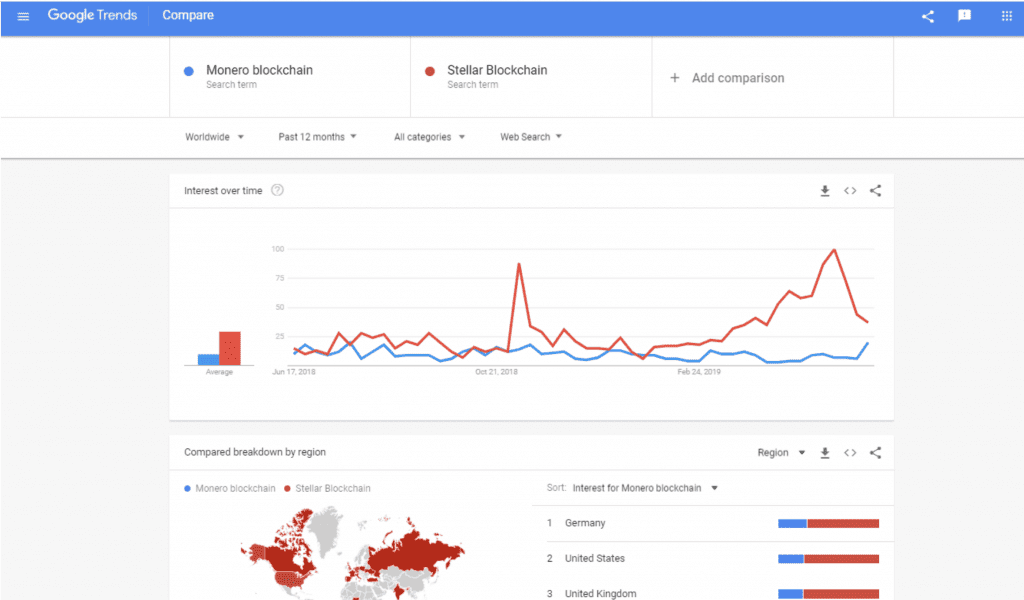

The Dash blockchain was originally created and launched during January 2018, by developer Evan Duffield. Originally, it was created as a fork of the common Bitcoin blockchain protocol. Originally the cryptocurrency was founded under the name Xcoin, then rebranding as Darkcoin and eventually settling on its current name in March of 2015. .
One of the main factors that began to draw users to the Dash blockchain was the potential for rapid transactions and the ability to make said transactions in an anonymous manner. In fact, according to a report by Der Spiegal, during February 2019 the cryptocurrency of the Dash blockchain, sharing the same name, became the most popular cryptocurrency in Venezuela. During April 2018, the market capitalization of said cryptocurrency reached $4.3 Billion, placing it amongst the most popular cryptocurrencies and blockchains in the world.
From a reported 1 year period, the Dash blockchain managed to increase its user base from 46,000 in 2018, to around 74,000 in 2019, this is a good rate of growth and if this continues, Dash might break into the top few rankings in the next few years.
In terms of popularity, Dash is still doing incredibly well. In the below chart from Google Trends, it can be seen that Dash is actively competing with Litecoin in terms of popularity over the previous twelve months. Furthermore, in the second chart, you can see that it enjoys a high level of popularity in India, Canda, the United Kingdom, the United States and Germany.


